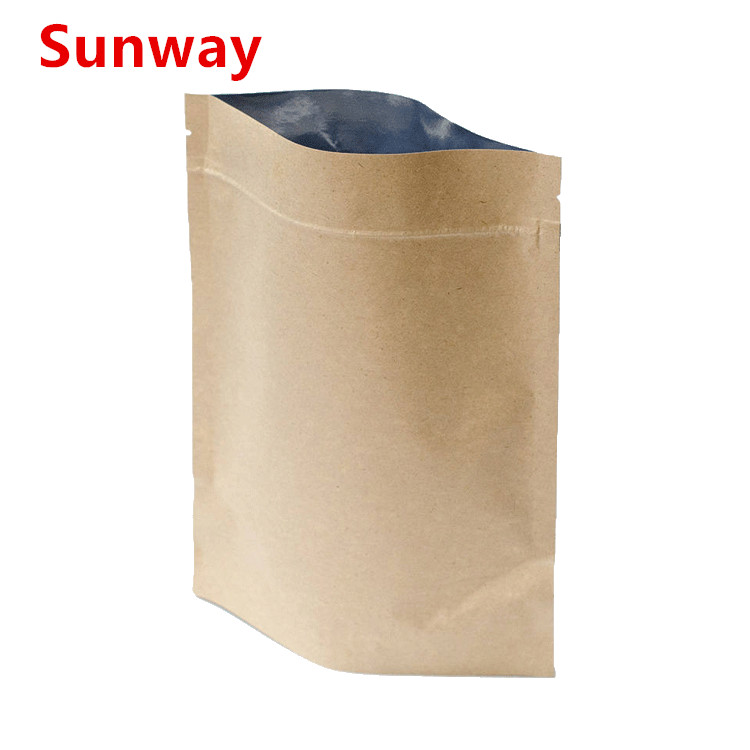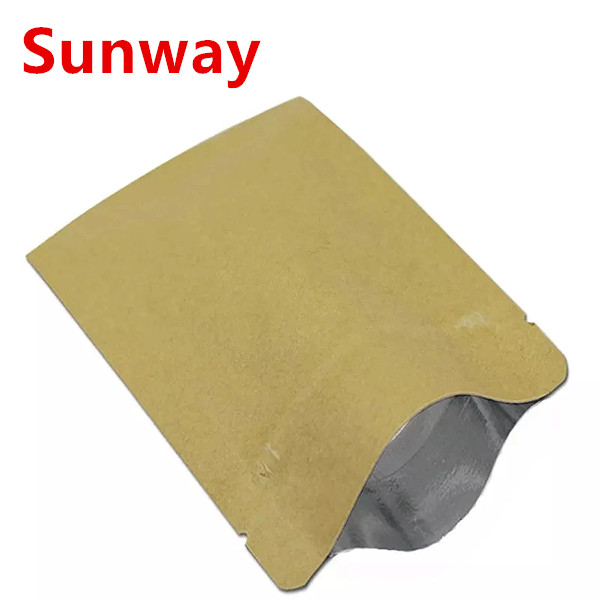Good news for printing companies: Designers love print. From the three surveys completed last year, it can be seen that most of the interviewed designers (77%) indicated that they were designed for printing (graphics designers). Designers allegedly loved the prints. Quality and control.
Many designers themselves are customers of the printers, which means that they are very dependent on the printing factory, and in many ways affected by the printing factory. For print shops, they often share print knowledge with designers. If customers know that you are just and consider them, they will be your loyal customers.
PaperSpecs (Palo Alto, CA) This Canadian company provides a professional web database for the design and printing industry, as well as paper media information. Here are answers to some of the questions provided by this company.
Why do some designers prefer to use uncoated paper?
A: The use of soft paper has become a popular trend, and some designers want to obtain a soft, soft-feeling image when designing. The non-coated paper's smooth and textured appearance helps to express this. Kind of effect.
For a while, coated paper was the first choice for many designers. It can reproduce many details and popular colors, but now designers and some printing customers prefer to use uncoated paper in stationery and manual paper. Utilizing uv ink and the latest prepress technology, the natural surface of uncoated paper proved to be ideal for four-color printing.
UV ink to print what kind of effect?
A: Traditional water-based and solvent-based inks evaporate between 35% and 40% of the time between rollers, which inevitably requires more ink to achieve the desired color density. On the other hand, the nature of uv ink is a bit like a liquid plastic. When the ink is exposed to uv rays, the ink material does not evaporate, but the transfer is 100%, and the color effect is more ideal. Therefore, the thick ink layer brought by the uv ink is one of the main reasons for the increase in the application of non-coated paper.
This means that more absorbent papers, such as kraft paper and thick cover paper, usually have larger dot gains, especially in screens and other slow printing processes, regardless of low quality or high quality. This is true on paper.
Which paper is best for printing with metallic inks? Which ink characteristics should be understood?
A: Metal inks are best applied on coated paper. Different coatings, such as matte or glossy paper, produce different results.
Heavy metal inks or jobs that require long-term storage and require multiple treatments are recommended. Glossing will reduce the metallic effect to some extent, because the metallic luster is formed by the light reflected from the metallic foil. Therefore, in order to polish, the metallic ink must be additionally increased by 5% to 10%. , so you can get unique and subtle effects.
It should be noted that when printing metallic screen printing inks, the “gloss†of metals is often lost. This is a point that is easily overlooked. Special attention must be paid.
Finally, preparing metal inks that are needed too early will also cause metal inks to change. It is best to print within 24 hours of adjusting the ink.
Is it worth investing in FM screening?
A: Many printing companies began to try to use FM or other optional screening methods. Compared with traditional printing, the new screening method made printing alignment easier and the color reproduction more stable, brighter and more saturated. And small outlets can also save 20% of ink.
However, there are exceptions. If the specified substrate is kraft paper or a rough surface, the traditional screen 150 to 175 lines can still achieve better results. Traditional screens have smaller dot gain on uncoated paper.
Should you invest in soft proofing or remote proofing?
A: Soft proofing and remote proofing have different statuses for different applications. They are the best way to simplify the proofing process, and the quality of these systems is significantly improved, but they are not ideal for every customer or job. These new technologies are more suitable for playing blue papers or rush jobs. They cannot often use this kind of proofing method to correct critical colors.
The remote proofing effect with color management is much better, it can establish a closer relationship between the designer and the printing factory. Everyone involved must use the agreed operating system, output system (printer calibration), paper, ink settings, monitor calibration, and other factors that affect color.
For those users whose jobs are not very different, it is worth spending time, money, and effort to establish a remote proofing system.
If a successful proofing technique is used, does the designer still need to conduct a pre-print inspection?
A: This is a hot topic recently in a print customer seminar. Only a small number of designers and printing customers only rely on proofs to confirm. After all, they hope that the quality of each page is intact.
Since designers cannot escape the look of the printing shop, they should seize every opportunity to train them. A recent study by Manroland showed that “What does the press check on?†ranks second among all the designers most want to know, and you may wonder why so many designers and print clients want to know about them. What do you need to check when printing on the last machine? How many measures can be adopted at this time? If the customer is concerned about your labor, your observation and responsibility will also be greatly improved.
Need special consideration when printing synthetic paper?
A: Synthetic paper printing is not much different from traditional paper printing. It can also be used for embossing, hot stamping, die cutting and other processing. Because of their ultra-smooth surface, the printing contrast of these papers is the greatest, and paper feeding is also very smooth. If your customer wants a long product life, synthetic paper is recommended. They are durable and scratch-resistant and do not break when folded.
Although synthetic paper is suitable for standard offset printing processes, there is still a need for additional attention to ink selection. Working closely with the ink supplier, the ink used must be very suitable for paper, the low-solvent ink color is brilliant, and the quality of the printing when the sheetfed is printed is also very stable.
Since the synthetic paper is non-porous, it requires a long drying time and requires additional control of the printing fountain solution because excess moisture may interfere with the ink transfer.
Waterborne and UV coatings can provide special protection for prints. Yupo, the world's largest manufacturer of synthetic paper, recommends using the following pigments when applying synthetic paper: red-lake C, reflective blue, purple, Violet and rose red, these colors may fade. Ink suppliers can substitute these pigments.
Do you overestimate the good side?
A: There are obviously many problems in the favored paper products market. Some paper mills continue to produce whiter and brighter papers. It is easy to cover up some issues: Is the paper running well on the press? Is opacity suitable for prints? Is there a problem with the paper grade?
When the U.S. Forest and Paper Association (Washington, DC) classified the paper, it was only based on the brightness of the paper. We know that the brightness of paper No. 2 should be 83% to 84.9%, which is why the brightness of No. 3 paper exceeds 90%.
In other words, brightness is no longer the only focus of attention, and the level is ultimately determined by the market.
A very bright paper is usually more expensive. Fillers and chemicals, such as phosphors and brighteners, are all necessary to increase the surface brightness of the paper. They provide a blue-white effect on the paper, and can also convey the stability of the paper and the paper runability of the web. This is the extra service you get for the purchase of the #1 paper: brightness and confidence give the paper good roll paper transfer.
The last tip
Convinced that the customer's requirements are known in every aspect, professional advice will ensure that the work is done well and that success is enhanced through knowledge and experience. After all, the printing factory sells more than just printed matter, but also overall solutions and services.
Kraft paper aluminum foil bags are made of aluminum and other high barrier materials through dry composite. Due to its light weight, luster, strong reverse ability, good barrier, impervious to air and water, strong adaptability to temperature, stable shape at high or low temperature, strong shading and good moisture-proof, the composite aluminum foil bag is used in food packaging. It is generally used for packaging meat products, dried fish, aquatic products, cured meat products, cured meat products, roast duck, roast pig, quick-frozen food, ham, cured meat products, sausage, cooked meat products, pickles, bean paste, seasoning, etc.


Kraft Paper Aluminum Foil Bag,Aluminum Foil Stand Up Pouch,Aluminum Foil Packaging Bags,Ziplock Aluminium Foil Kraft Paper Bag
Dongguan Sunway Packaging Material Co., Ltd , http://www.sunwaypackaging.com
![<?echo $_SERVER['SERVER_NAME'];?>](/template/twentyseventeen/skin/images/header.jpg)